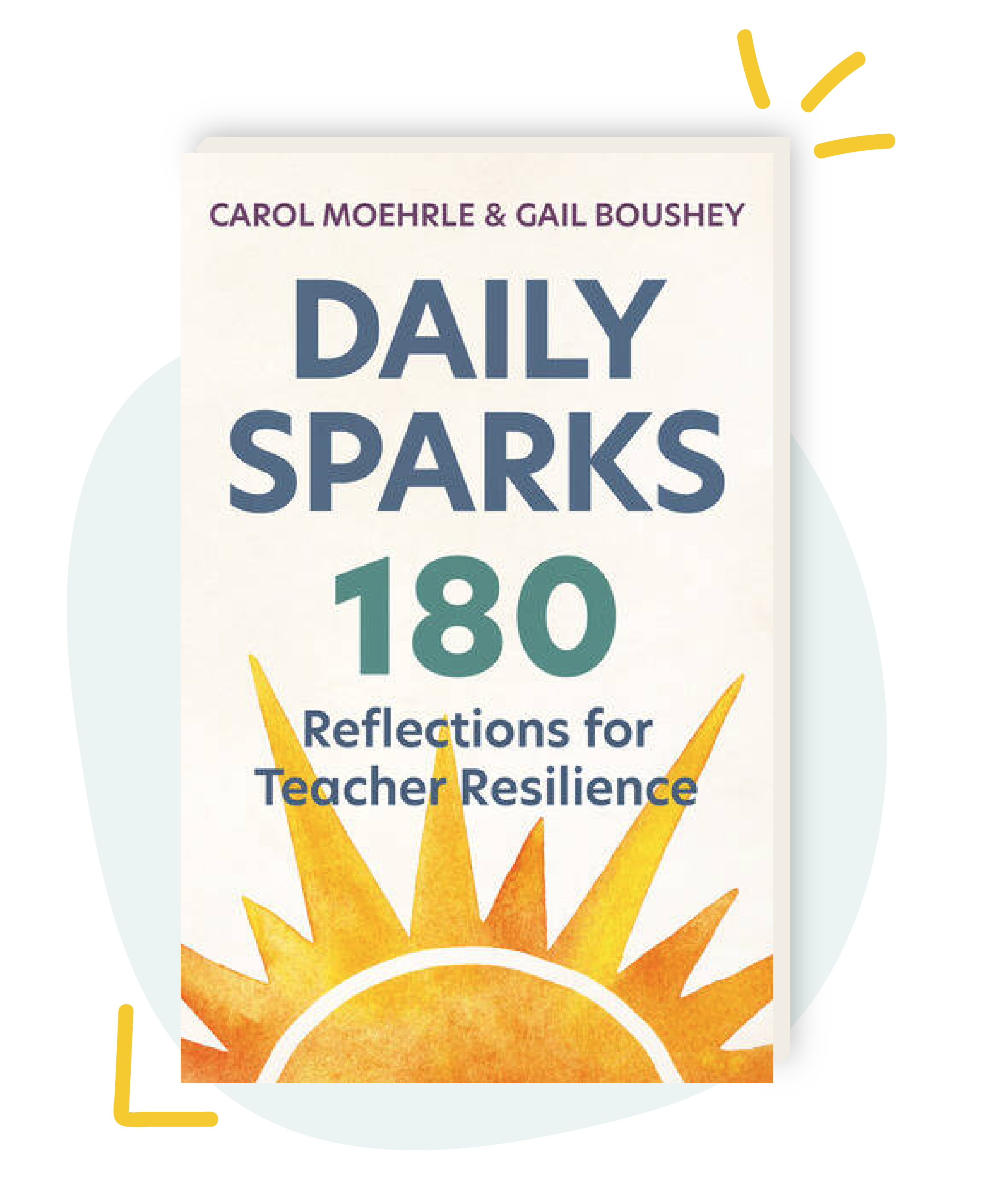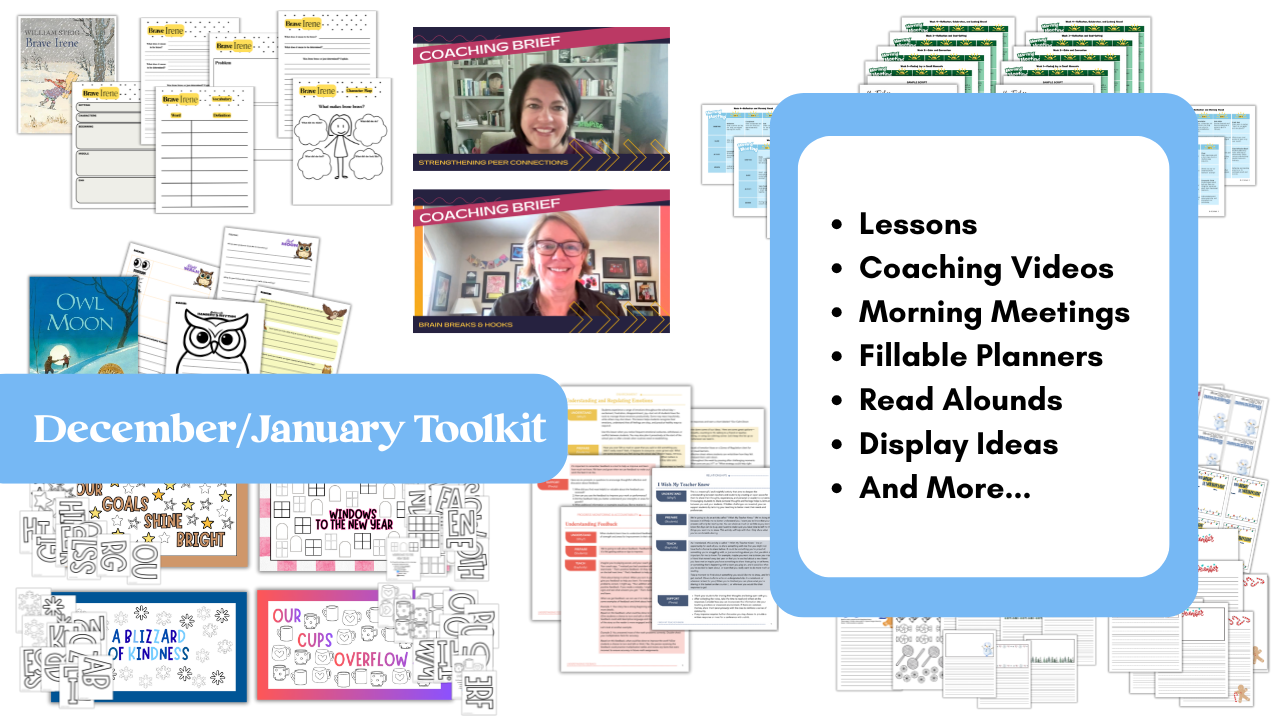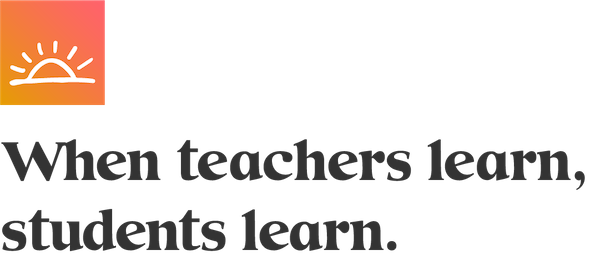
There’s something powerful about the predictability of a solid routine—especially in the classroom. While routines might seem simple on the surface (line up here, turn in work there), the truth is, daily routines are one of the most effective ways to create a learning environment where students thrive.
According to John Hattie’s research in Visible Learning, routines aren’t just about managing behavior or keeping things orderly. When designed with purpose, they become tools that drive learning forward. Why? Because they create clarity, consistency, and confidence—three things every student needs. Let’s break down what Hattie’s findings show us.
Clear Goals = Strong Start
When students know exactly what they’re learning and what success looks like, they’re more likely to achieve it. That’s the heart of teacher clarity, which boasts a strong effect size of 0.84. Embedding learning goals and success criteria into your daily routines (think: bell ringers, daily objectives, exit slips) sets the tone and keeps everyone focused from the first minute to the last.
Motivation Through Meaningful Structure
Routines should never feel robotic—they should support a stimulating and engaging classroom. According to Hattie, student engagement (effect size 0.48) grows when students feel a sense of predictability and ownership. When kids know what to expect, they spend less mental energy figuring out what’s next and more on actual learning.
Feedback on Repeat
One of the most powerful ways to help students grow is through timely and actionable feedback. With an effect size of 0.72, feedback routines (like daily reflection, peer check-ins, or conferencing) are key to helping students track progress and make adjustments. When feedback is built into the daily flow, it becomes a natural and expected part of learning, and not a surprise.
Building Agency One Day at a Time
Want students to take ownership of their learning? Daily routines are a great place to start. Routines that encourage goal-setting, self-assessment, and reflection help build student self-efficacy (effect size 0.71) and self-reported grades (1.33)—two of the most impactful drivers of achievement in Hattie’s research. The more we empower students to track their own learning and make informed choices, the more capable and confident they become.
Thoughtful daily routines are more than a classroom management tool—they're an instructional strategy. When designed to support clarity, feedback, engagement, and student agency, they create the kind of environment where real learning can happen all day, every day.





